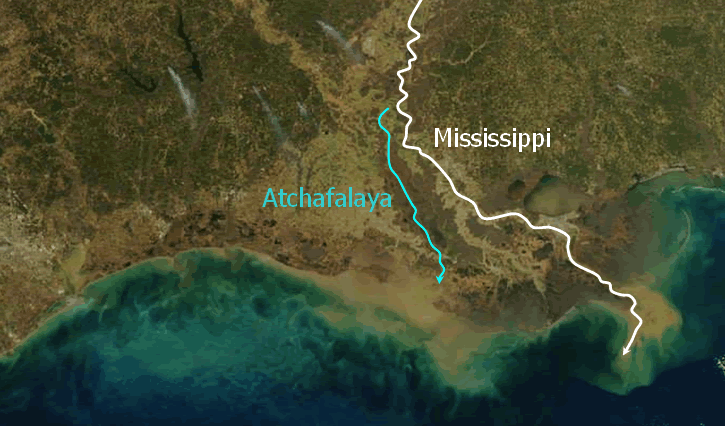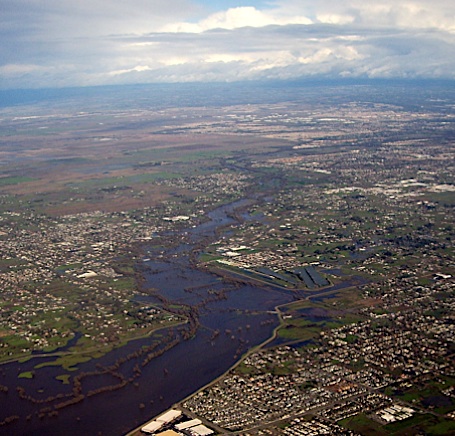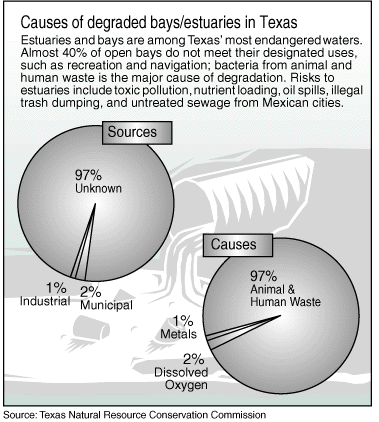 Waters are mirrors: albedo
Waters are mirrors: albedo Navigating the site:
What is literally reflected and absorbed on a river?
"A river's surface is opaque." Mississippi River, near Minnesota, U S, [JVS, 2006].
Albedo or "reflectance" is the word meaning the proportion of the incident light or radiation that is reflected by a surface, typically that of a planet or moon. But in the above photograph water is also a reflective surface. Due to the reflectance of the surface we find it hard to see below the river or an lake or ocean. For that reason the surface of water bodies is called opaque.
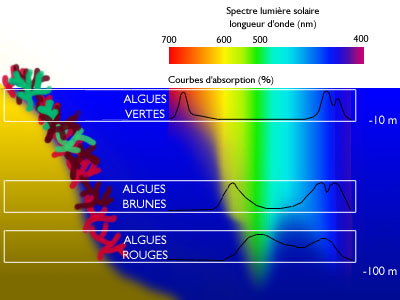
But not all radiation that strikes a surface, like a body of water, is reflected from the surface. In physics, light is also a thin sliver of a wider range of radiation and all radiation is measured in terms of wavelengths and frequencies along the electromagnetic spectrum. Three important effects occur when radiation impacts a water body.
-
absorption, is the ability of water molecules to soak up the energy at certain wavelengths; the long wave or infra-red radiation is stored as heat in liquid water.
-
emittance, is the capacity for the surface to reflect certain wavelengths of radiation and that is called albedo. Practical application of emittance.
-
ionization, is the influence of high frequency and short wave radiation to separate one hydrogen atom from another in the water compound.
Water possesses a characteristic referred to as a high specific heat, which means that liquid water retains (holds on to) infra-red radiation and at temperature levels where other liquids would begin to turn into gas or evaporate, water remains a liquid.
At a higher temperature (100 degrees Centigrade or 212 degrees Fahrenheit) liquid water, with sufficient infra-red radiation absorption, will turn into a gas we call water vapor, or steam.
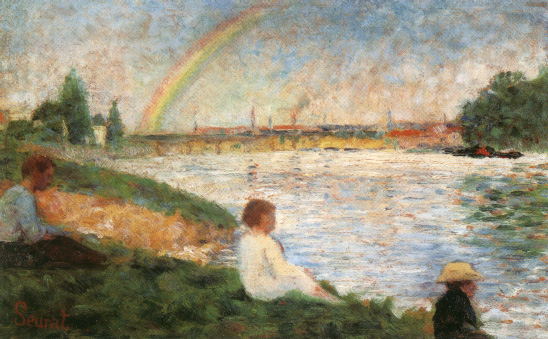 Rivers reflect the uses of the basins and surrounding watersheds and thus they absorb and carry off traces of all the wastes and discarded material that finds its way into the drainage system because water is a fairly efficient solvent.
Rivers reflect the uses of the basins and surrounding watersheds and thus they absorb and carry off traces of all the wastes and discarded material that finds its way into the drainage system because water is a fairly efficient solvent.
In the painting of the Seine River here the artist depicts the capacity also of water vapor to refract light in the rainbow.
Simply stated "Emittance happens when an object (like the Sun) creates electromagnetic radiation of some type (light, x-rays or heat). Everything in the universe made of matter emits some kind of radiation. The amount of emission depends of what its temperature is."
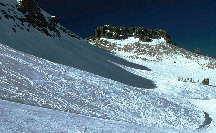 Water as ice --more so than water vapor or clouds--
have a high albedo, meaning that they reflect incoming radiation, more so than rocks or vegetation. Glaciers also reflect light from their surface, keeping the ice underneath at a lower temperature. Water bodies, unlike glaciers retain or absorb infra-red radiation. The exposure to sunlight is alwats greater on snow, ice or white sand beaches that it is in vegetated areas even in the same amount of solar radiation.
Water as ice --more so than water vapor or clouds--
have a high albedo, meaning that they reflect incoming radiation, more so than rocks or vegetation. Glaciers also reflect light from their surface, keeping the ice underneath at a lower temperature. Water bodies, unlike glaciers retain or absorb infra-red radiation. The exposure to sunlight is alwats greater on snow, ice or white sand beaches that it is in vegetated areas even in the same amount of solar radiation.
These physical limitations of radiation, water and molecular behavior gives rise under optimal conditions to ecological situations in which life thrives.
The history of rivers and their flood plains is allegedly the study of people's inherited prejudices, attributes and customs that asks "How have rivers shaped our evolutionary development?" But all of that shaping is done by physical and biological restraints.
Thus the effectiveness of how well we adapt to and use natural features like rivers and the watersheds they derive from, depends on to what depth we know and develop a sophisticated comprehension of our cultural dependence on natural areas."
This is the Sacramento river at flood when water spills over the engineered levees into the riparian or stream side patures and parks that comprise the flood plain.
Since many flood plains carry sand, silt, sediment, and soluble substances to the sea, the mouths of rivers are concentration places for persistent organic and inorganic substances from all along the valley.
|
|
|
|
Terms | Glossary | Word webs | Basic vocabulary | Advanced Vocabulary | Antonyms | Synonyms

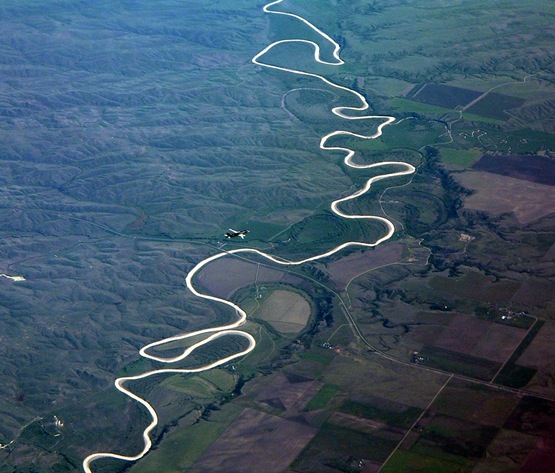
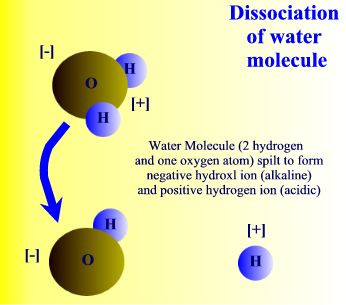
 ionizing water compounds.
ionizing water compounds. 